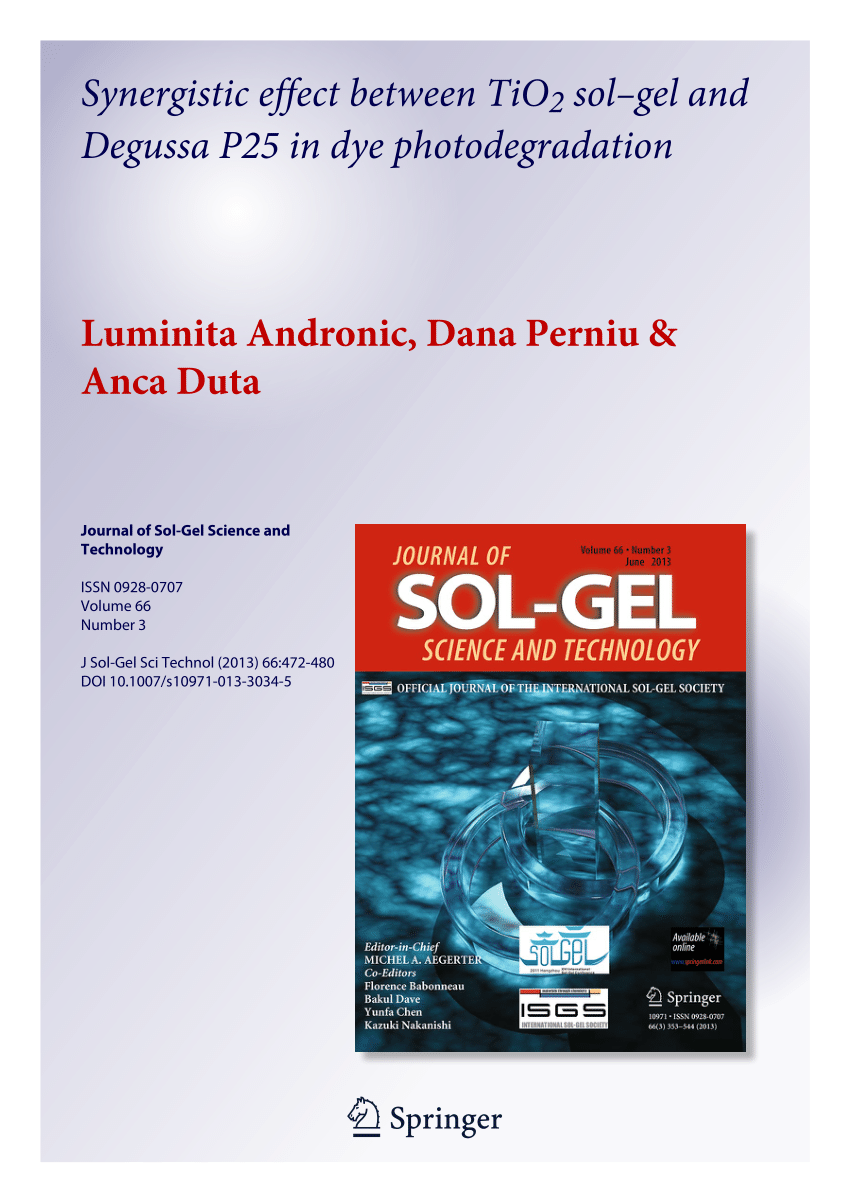Ultra-facile synthesis of CuO nanoclusters with excellent antibacterial activity and their antimicrobial mechanism study
Abstract
It is well known that bacterial infections pose a great threat to human health and life, and the situation has intensified because of the emergence of drug-resistant bacteria, especially in the medical field, the number of deaths due to super-bacteria infections that result from antibiotic misuse continues to increase every year. Researchers have been working hard and trying to find a suitable method to fight against bacterial infections, however, there is still no effective method to fight drug-resistant bacterial infections. In this study, an ultra-facile strategy was built to synthesize Copper Oxide Nanoclusters (CuO NCs), that exhibited broad-spectrum bactericidal activity against common pathogenic Gram-positive and Gram-negative bacteria. The synthesized CuO NCs exhibited a cluster structure with good stability and biocompatibility. The antibacterial mechanism revealed that the synthesized CuO NCs can cause bacterial death in multiple ways, including disrupting the bacterial cell membrane and ablating the biofilm, inducing the generation of ROS, and leading to nucleic acid leakage of bacteria. CuO NCs are simple to synthesize, have strong antibacterial activity, and are expected to open new avenues of antibacterial activity in the severe antibiotic environment due to the combination of antibacterial mechanisms that make it difficult for bacteria to develop drug resistance quickly.
Graphical Abstract
In this study, we designed and synthesized copper oxide nanoclusters (CuO NCs) with favorable biosafety and stability for combating bacterial infection problems. The material possesses several advantages that including: (1) CuO NCs are synthesized in a straightforward and expeditious method. (2) CuO NCs have been demonstrated to possess good biocompatibility. (3) The synthesized CuO NCs exhibit broad-spectrum antimicrobial activity against E. coli and S. aureus, as well as for their drug-resistant strains. (4) The synthesized CuO NCs are capable of effectively removing biofilms formed by bacteria and promoting ROS generation, which disrupts the bacterial cell membrane, induces nucleic acid leakage, and ultimately cause the death of bacteria. This study employing an efficient strategy to synthesize CuO NCs with excellent broad-spectrum anti-bacterial ability, offering a promising method for addressing the growing challenge of multi-drug resistant bacteria.

 求助内容:
求助内容: 应助结果提醒方式:
应助结果提醒方式:


